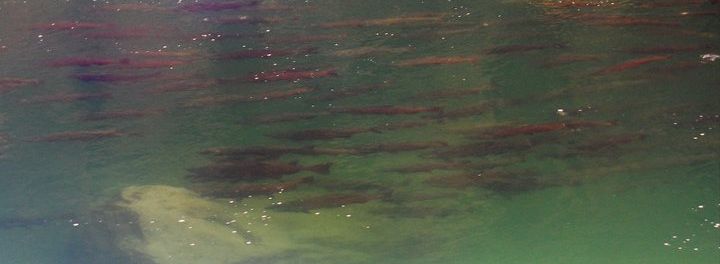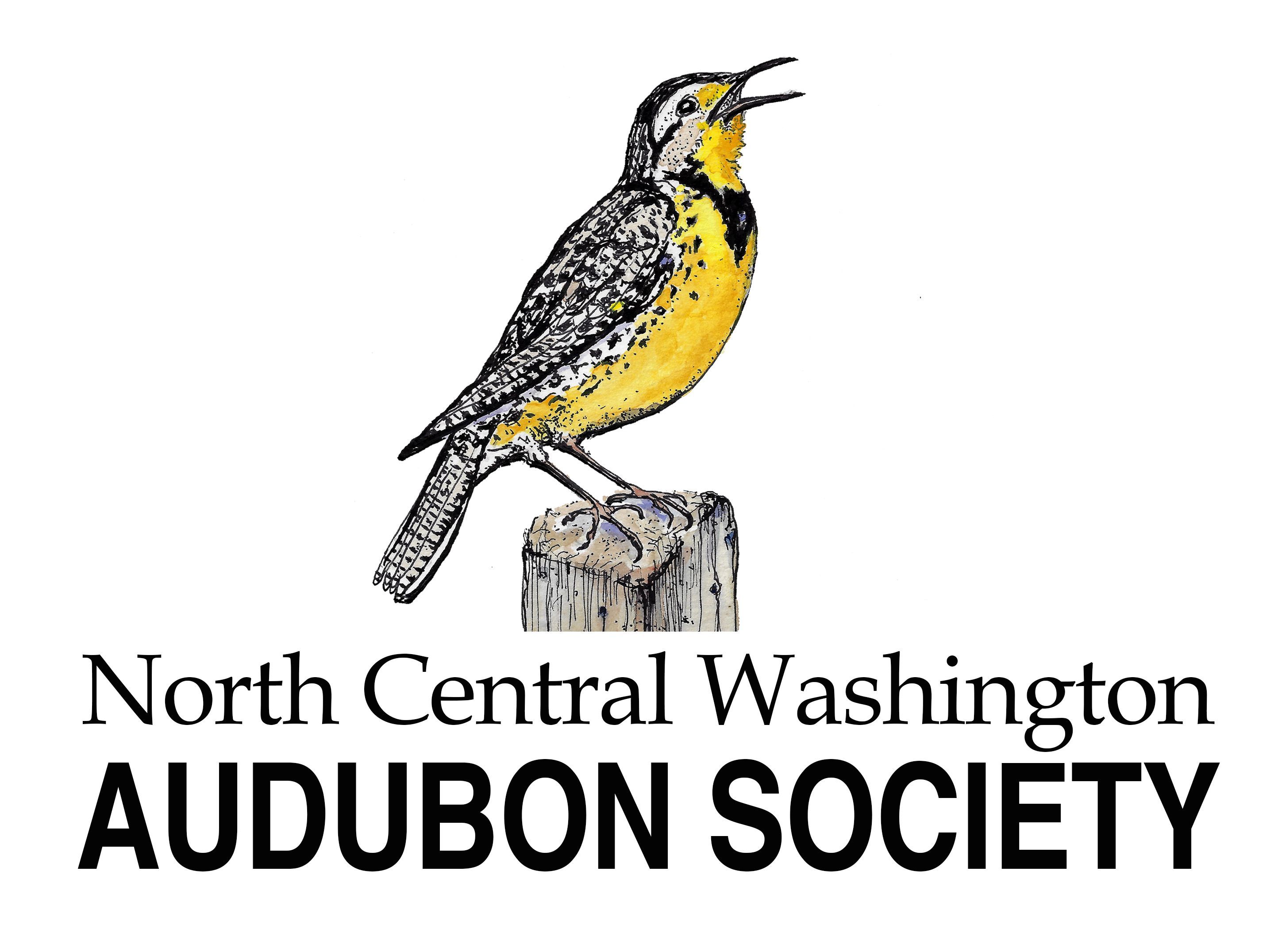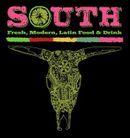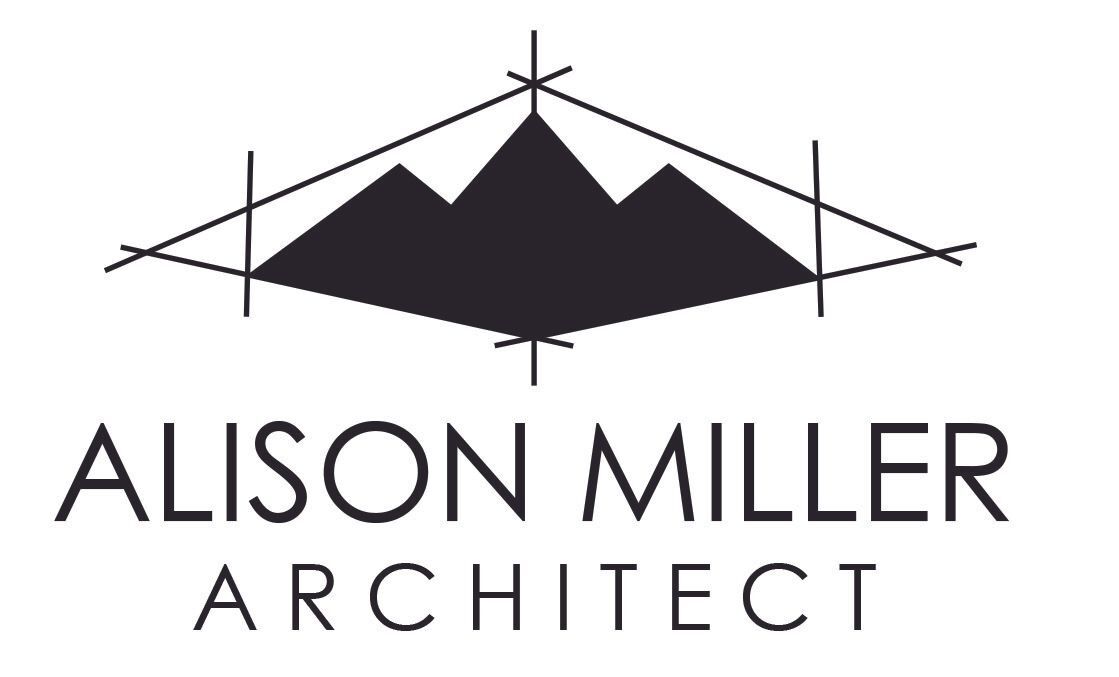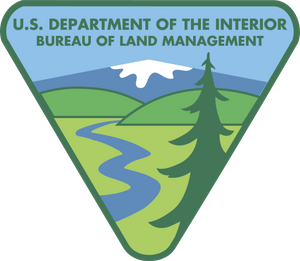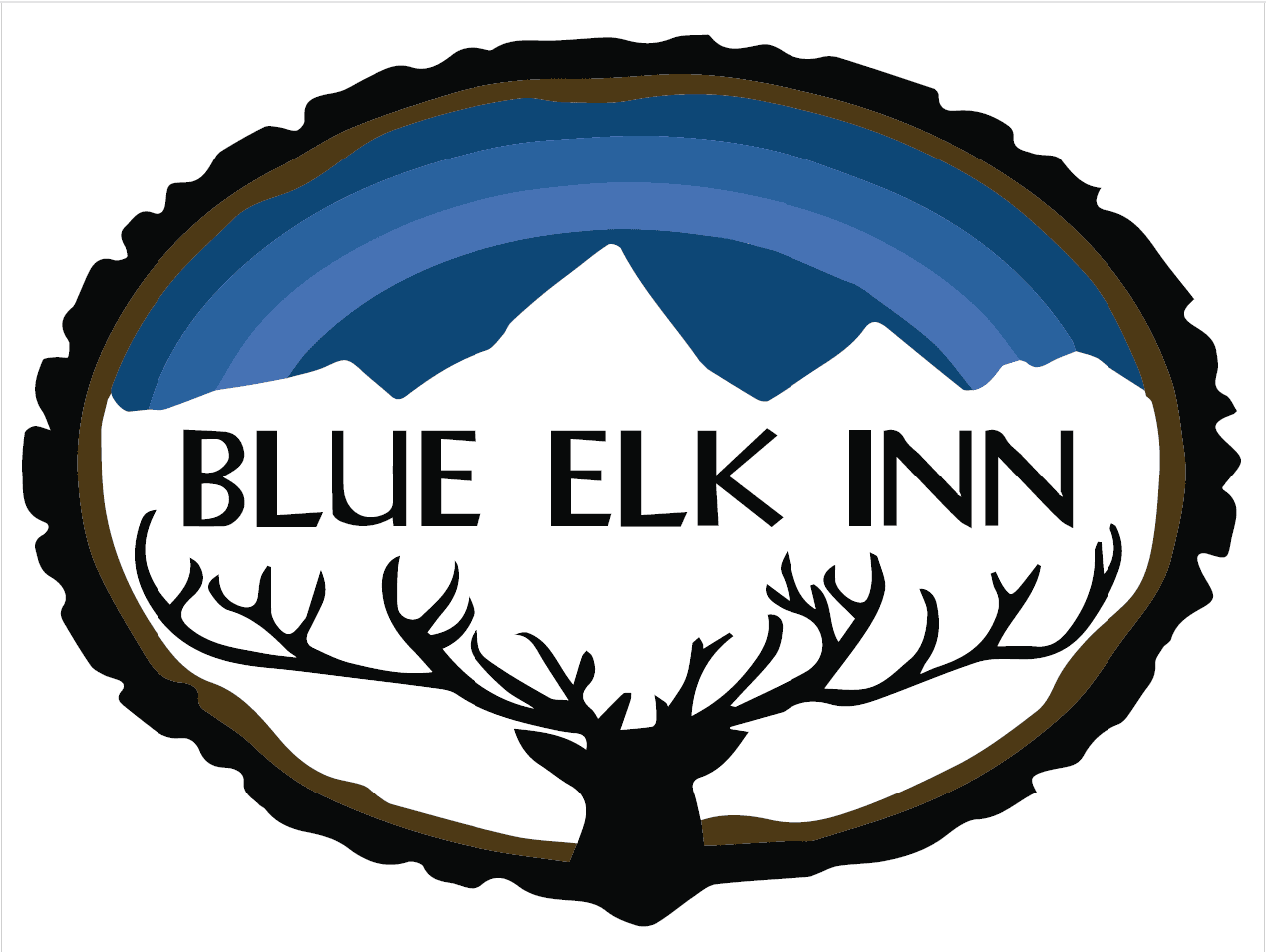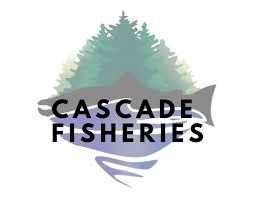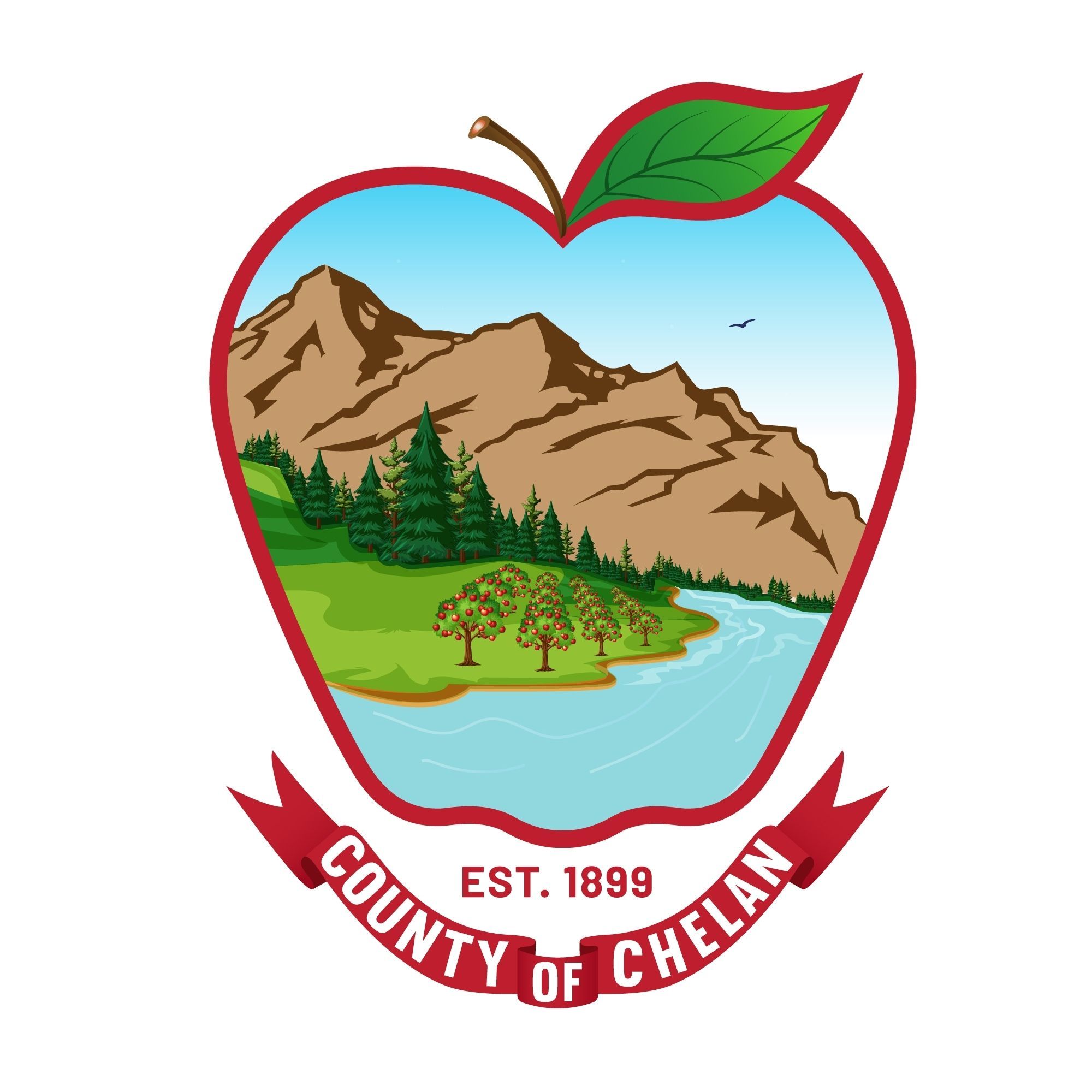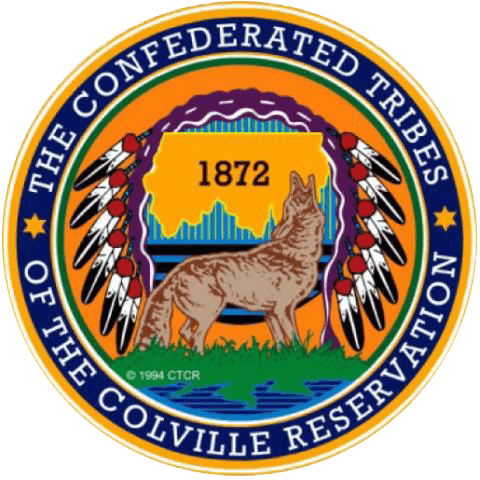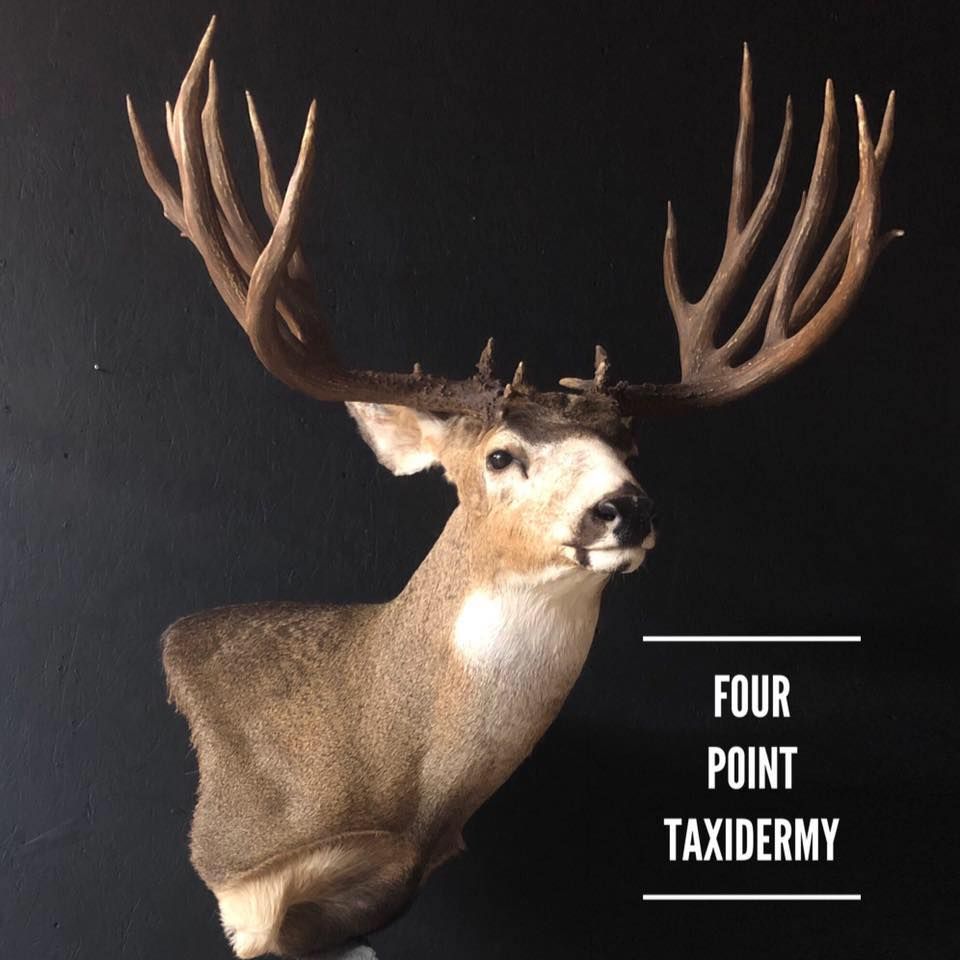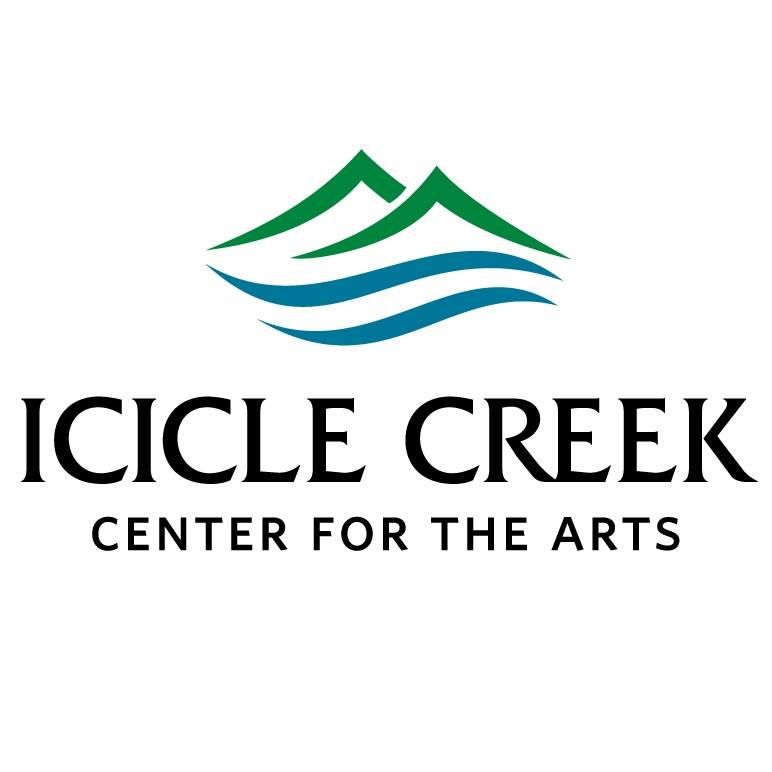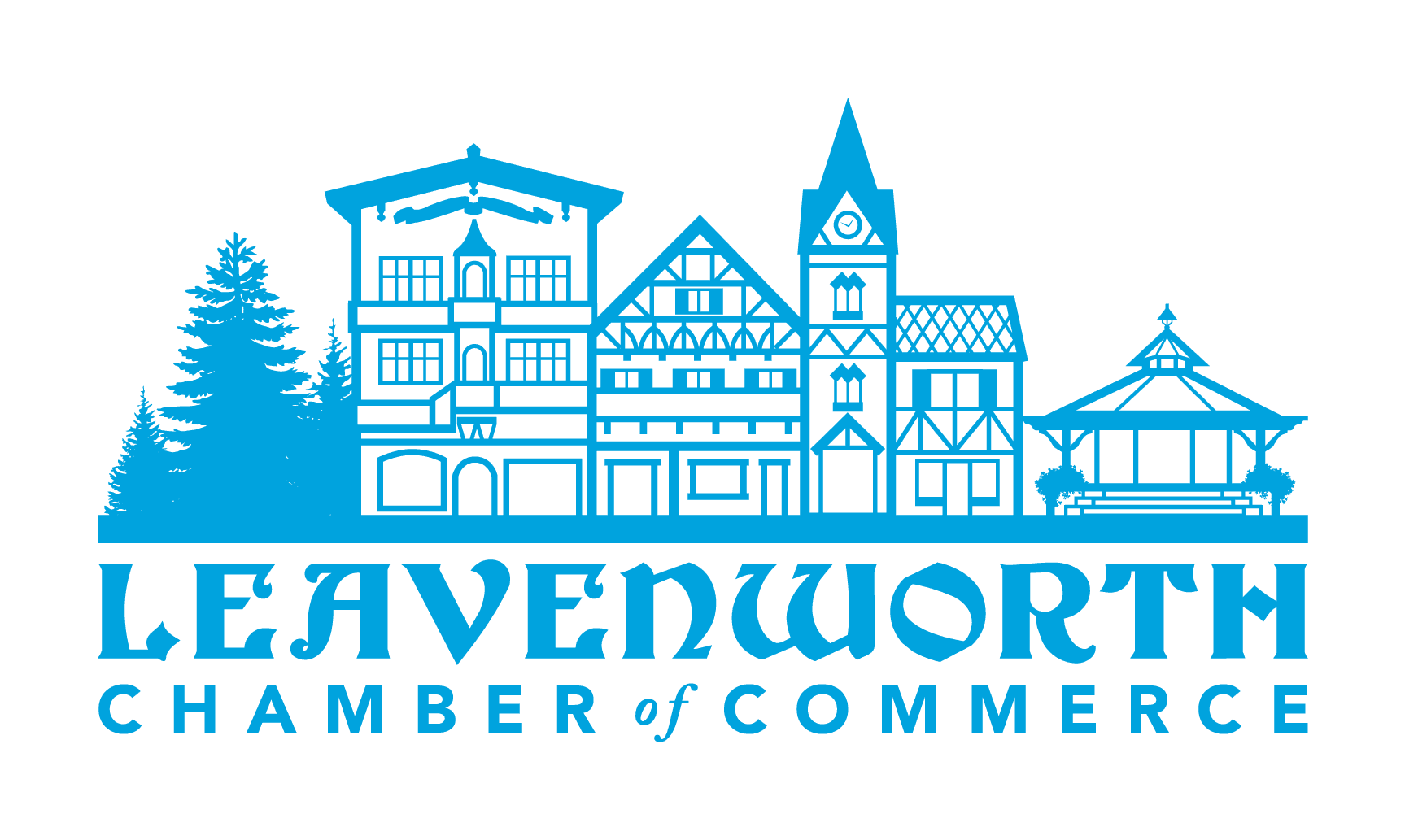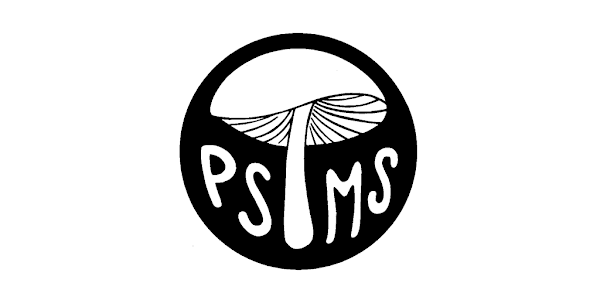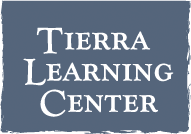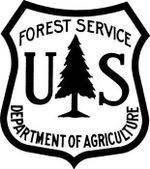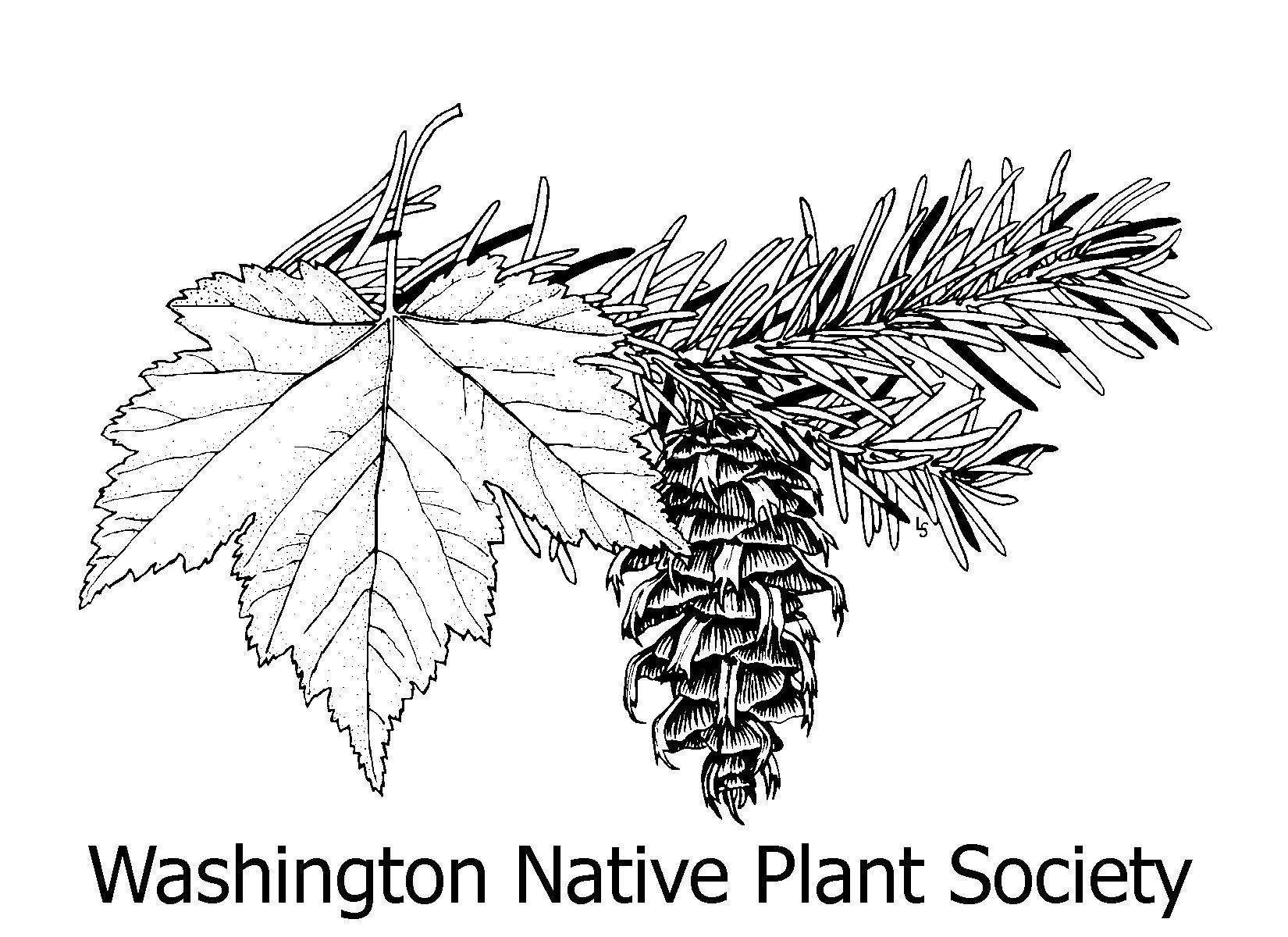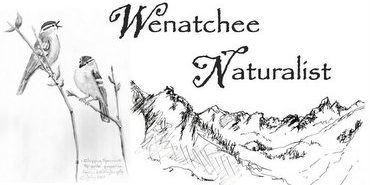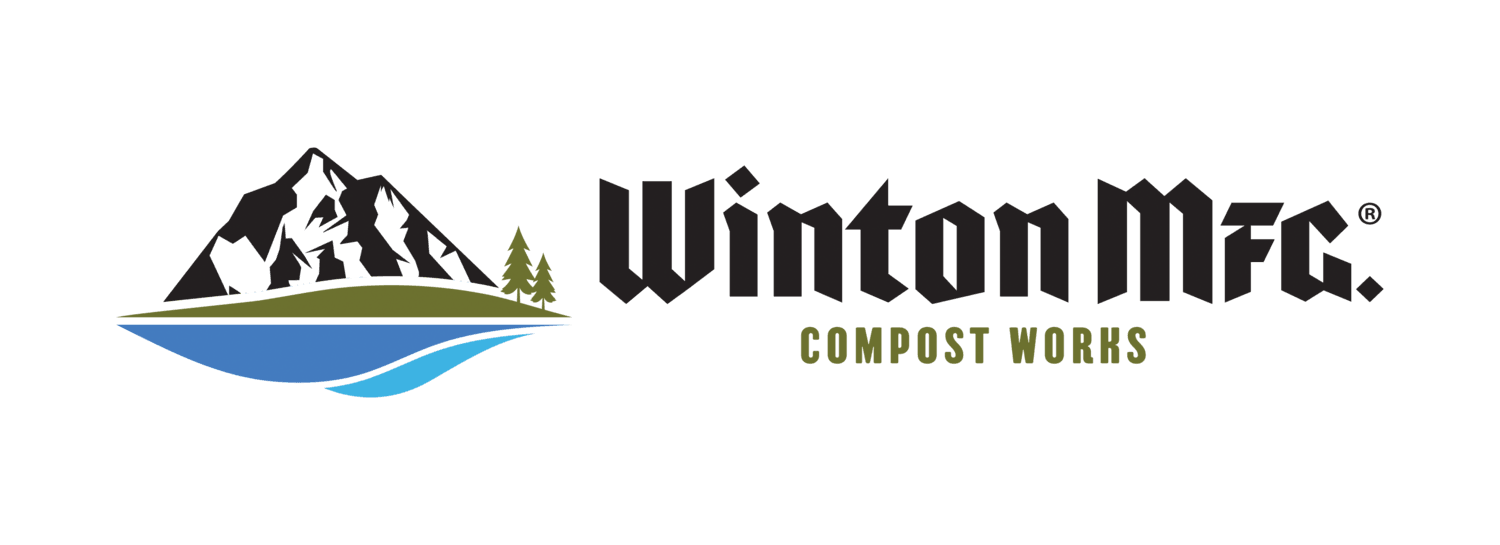Red Barn Event | Rock Glaciers of the Eastern Cascades, Karl Lillquist PhD
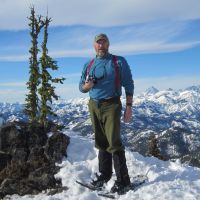
Doors open at 6:30pm for community social and no-host refreshments, presentation begins at 7pm.
Central WA University Professor Karl Lillquist will present Rock Glaciers of the Eastern Cascades in Wenatchee River Institute’s Red Barn on Wednesday, April 24th. Doors open at 6:30PM for community social and no-host refreshments, presentation begins 7PM.
When we think of the Cascade Mountain Range, glaciers often come to mind. In fact, author and prolific climber Fred Beckey’s classic book is aptly titled Range of Glaciers. However, rock glaciers have not claimed the same amount of fame. These glaciers elongate to broad deposits of rock and ice which, show evidence of movement away from steep slopes in mountainous terrain. Traditionally, Rock glaciers were considered key landforms and climate indicators of more continental mountain ranges, where snowfall and winter temperatures are lower than their marine counterparts. Little attention was had been given to rock glaciers in the marine-influenced Cascade Range. Rock glaciers across Washington’s Eastern Cascades have now been identified, mapped, and analyzed in an effort to understand how, why, and when they formed. Such glaciers are also being used as a tool to better understand permafrost in the Eastern Cascades, and its significance as a regional water supply in a warming world.
Lillquist is a physical geographer who has been a CWU faculty member since 1995. His first academic love is physical geography field study and, as he grew up in Coulee City, WA, this likely played a big part in developing his focus.
"I grew up amidst the Channeled Scablands of eastern Washington. My parent's house was situated on a late Pleistocene flood scoured basalt surface, and I grew up recreating in this unique landscape. Also, I spent my summers removing rocks (glacial erratics) from wheat fields located behind the terminus of the Okanogan Lobe of the Cordilleran Icesheet," tells Lillquist.
Lillquist teaches physical geography, geomorphology, soils, snow, airphoto analysis, field methods, mountain environments, arid lands, and graduate research. His current research is focused on environmental change in the mountains and deserts of the western U.S., with an emphasis on using geomorphology, soils, and stratigraphy to better understand glaciers, rock glaciers, glacial lakes, and arroyos.
All ages welcome and admission is by donation | 347 Division Street in Leavenworth

